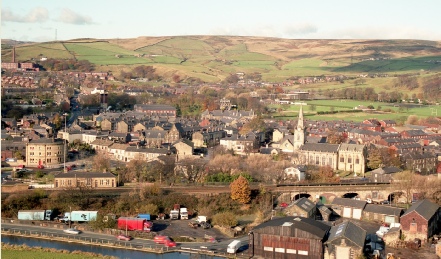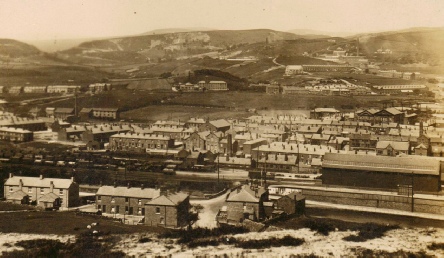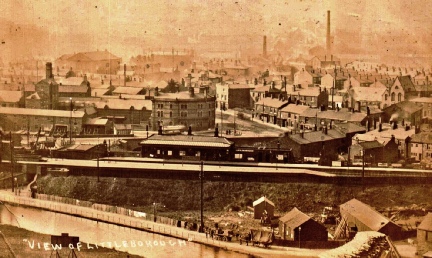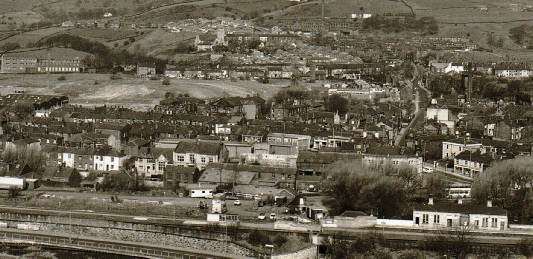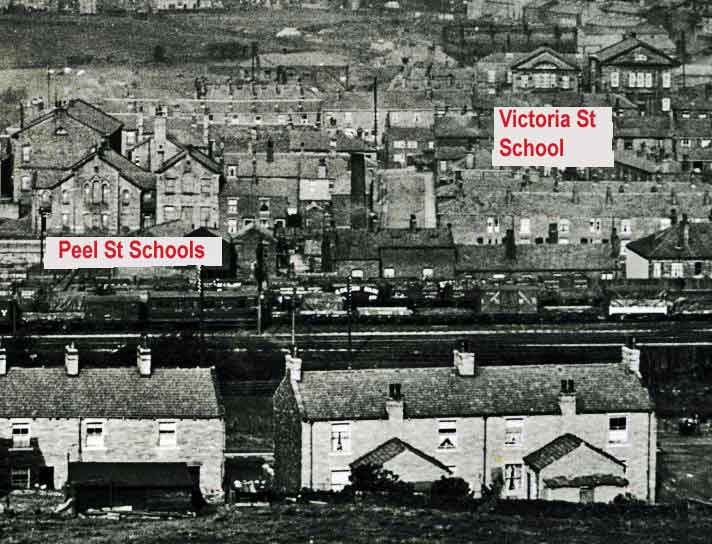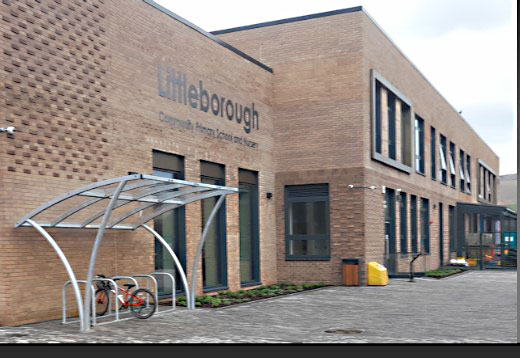LITTLEBOROUGH SCHOOLS
Littleborough benefitted from endowed education provided from the late 17th Century and subsequently education resources have grown in line with changes in Legislation (1833 Education Act required half-time education for children over 8 and under 13) and the 1880 Education Act introduced compulsory education for children. The size and composition of the town including a large growth in the number of churches and Chapels especially in the 19th Century massively increased education provision. The 1890s onwards were the era of Gordon Harvey with the debate about who should provide education raging between those favouring churches and those local authorities. In the end both systems survived even to this day. Littleborough School Board which had a life of some 10 years chaired by Gordon Harvey was noted for its forceful improvement in education. Improvements continued until the retrograde step of closing Littleborough’s High School, it being bad for the children never mind the extra traffic it generated. A solution still appears far off. The closure of Central School, the last Board School built also appears perverse, Built on land next to the park, declared ‘unsafe’ or similar it was demolished and pupils transferred to the remnants of the High School, the land being sold for house. Smithy Bridge school, next the canal and Stansfield built on a hillside remain.
Links to other pages:
Endowed & Early Schools
Non-Conformist Schools
Church of England and Roman Catholic Schools
Board and Local Authority Schools
LITTLEBOROUGH SCHOOL BOARD
Chaired by Gordon Harvey, it sought to develop national schools free from the control of religeous control (ie Church of England, Methodist of Roman Catholic). It initially took over the Peels street and Victoria Street Methodist schools as well as Stansfield and built new schools in Littleborough and Smithy Bridge. The School Board was later abolished
Pictured right - New Community Primary School on Calderbrook Road

